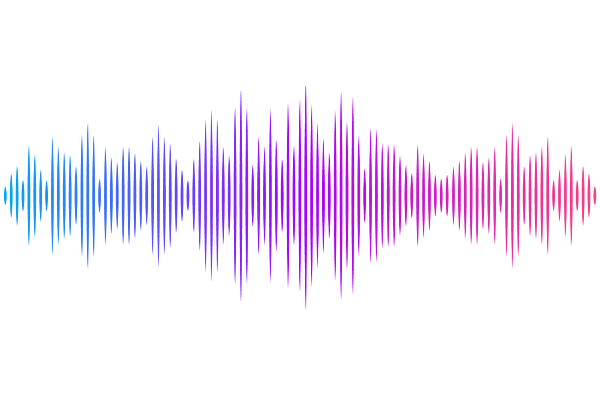Superior intracellular detection of cytokines, transcription factors, and phosphoproteins by CyTOF compared with fluorescent cytometry

Superior intracellular detection of cytokines, transcription factors, and phosphoproteins by CyTOF compared with fluorescent cytometry
Cohen, M.; Smith-Mahoney, E.; Bailey, M.; Wang, L.; Tracey, L.; Polanco, L.; King, D.; Loh, C.; Cappione, A.; Belkina, A.; Snyder-Cappione, J. E.
AbstractUnraveling biological complexity, whether it be immune subset distribution in infectious disease(s), autoimmunity or tumor heterogeneity, requires technologies capable of single-cell proteomic analysis, such as flow cytometry. Surface immunophenotyping alone is often insufficient, as interrogating functional capacity is required to determine cellular mechanisms and effectively inform diagnostic biomarker discovery, therapeutics and vaccine development. However, large panels with intracellular markers are subject to numerous challenges, including spectral overlap and background cellular autofluorescence, reducing resolving power for rare subsets or populations defined by low-abundance expression. We posited that mass cytometry may overcome such limitations; to address this, 3 small (11 or 12-plex) clone-matched antibody panels were evaluated by spectral flow and mass cytometry. Panels were comprised of surface and intracellular targets (phospho-epitopes, transcription factors or cytokines) and designed to minimize fluorescence spectral overlap. CyTOF technology offered superior signal resolution across the range of intracellular targets. Improved signal-to-noise provided better resolution of phospho-events and transcription factor expression, in particular TOX and T-bet. Most strikingly, stimulation-specific IL-10+ and IL-13+ cells were only detected by CyTOF. Superior resolution of these cytokines enabled accurate population clustering, permitting more unique immune cell signatures to be found, including Tr1 and Tc2 populations, thus providing a more comprehensive picture of the immuno-diversity present. Our findings indicate that CyTOF technology could catalyze seminal discoveries in functional immune profiling, driving therapeutic design and diagnostics.